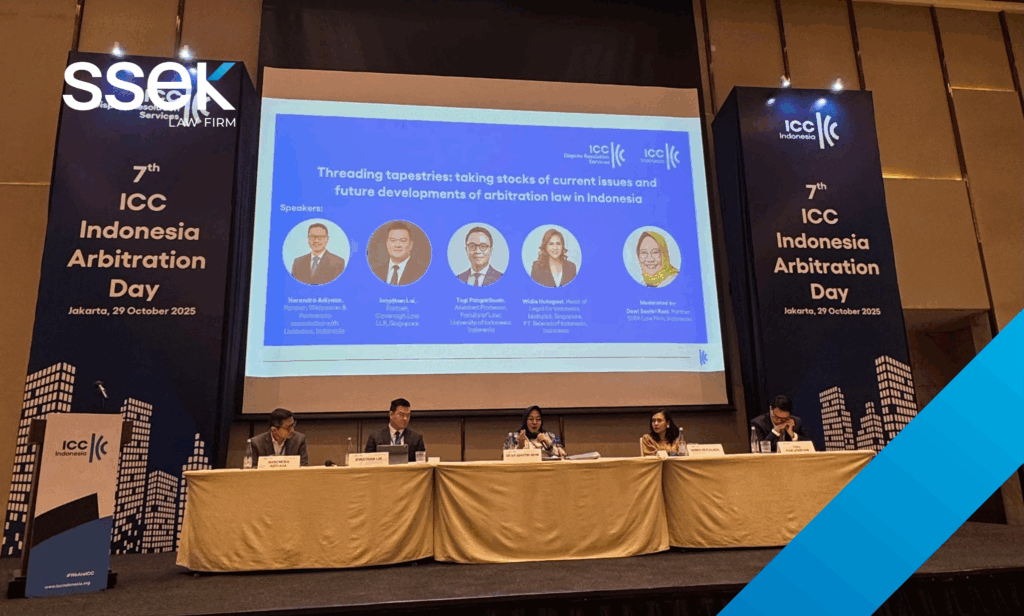Digital asset litigation is one of the most cutting-edge types of litigation in Thailand. There are factual, technical, regulatory, and legal challenges and hurdles for the parties to the dispute throughout all procedural stages. This is mainly because digital assets are different in nature from more conventional types of assets, as they are digitally created and used on a blockchain network.
Legal Status
The first issue to be aware of in approaching digital asset litigation is the legal status of digital assets. Under Thai law, there are two key terms concerning digital assets’ legal status: “thing” and “property.” Things are tangible objects, while property provides a much wider range of meaning. Property could be anything—including intangible objects that may be of value and able to be appropriated.
It is fairly clear that digital assets are not a “thing” since they are not tangible. However, determining whether digital assets are “property” is even more complicated. Although digital assets are intangible objects, one might argue that, unlike fiat money, they do not have any inherent value but are rather conferred value based on certain people’s perspective. (For example, the Bank of Thailand expressed this opinion of bitcoin in 2014.) Some may even argue that digital assets cannot be possessed and therefore cannot be appropriated. According to these arguments, digital assets should not be regarded as a property either.
Legal Grounds
Determining whether digital assets are things, property, or something else altogether is crucial to any subsequent litigation. In Thailand, the party initiating the lawsuit (the plaintiff) generally has to state the relevant legal grounds for the complaint—that is, the different relevant legal provisions that the court is to apply to the case. These provisions of Thai laws mostly refer only to “things” or to “property,” not both. This often means that each legal grounds has its own advantages and disadvantages, as well as legal implications that can easily lead to the final outcome of the case.
For example, the legal grounds in the complaint may rely on the Civil and Commercial Code (CCC) provisions on wrongful acts (torts), which refer to “property,” meaning that digital assets could possibly be the subject of a wrongful act claim, despite the argument about the inherent value and capability of appropriation. On the other hand, the CCC provisions on undue enrichment refer only to “things.” This means that the defendant could challenge the applicability of the grounds (because of the intangibility of the assets). The CCC’s provisions on an owner’s rights to property could also be promising grounds for such a complaint, especially when the plaintiff seeks to recover digital assets from someone else. However, defendants would likely mount a robust objection that the plaintiff is not really the “owner” of the digital assets since digital assets cannot be appropriated in the first place, and therefore should not be considered as property for the plaintiff to own.
It can be even more complicated when it comes to criminal matters. For example, under Thailand’s Penal Code, the crime of theft can occur only to a “thing,” not to “property.” Based on the definition of “thing” given above, stealing digital assets would not be a crime of theft. Nonetheless, Thai scholars have differing points of view on this, and Supreme Court precedents relating to some of the technological precursors to digital assets increase the complication of this issue. For instance, stealing electronic currency and wired phone signals have both been labeled as theft, but stealing computer data and wireless phone signals were determined not to fit the legal definition of that crime.
There are also a large number of other legal grounds, including breach of contract (e.g., sale and purchase, lease, loan, deposit, or service agreement, such as with an exchange platform) that also involve the legal status of digital assets, and thus require close attention from the beginning of any litigation.
Practical Risks
Lastly, practical hurdles for digital assets litigation can also present heightened risks, such as dissipation of the assets (e.g., through use, transfer, conversion, etc.), which could obstruct the application of injunctive measures or temporary restraining orders as well as the identification and location of the digital assets for legal execution.
Another risk is that some judicial officials may have limited knowledge, awareness, and expertise about digital assets, which could potentially lead to an unfavorable outcome. Litigators of digital asset cases must be prepared to present the underlying technological and technical concepts to officials who may not be acquainted with them.
Conclusion
Digital asset litigation can be highly complex and challenging, given the unique nature of digital assets and the legal and practical issues that arise in their litigation. It is crucial to understand the legal status of digital assets, select appropriate legal grounds for the complaint, and be prepared to navigate practical risks such as dissipation of assets and limited judicial knowledge. As the use and value of digital assets continue to grow in Thailand and around the world, it is essential for litigators and courts to stay informed and adapt to this rapidly evolving field.

For further information, please contact:
Pongpalin Chantrapirom, Tilleke & Gibbins
pongpalin.c@tilleke.com





